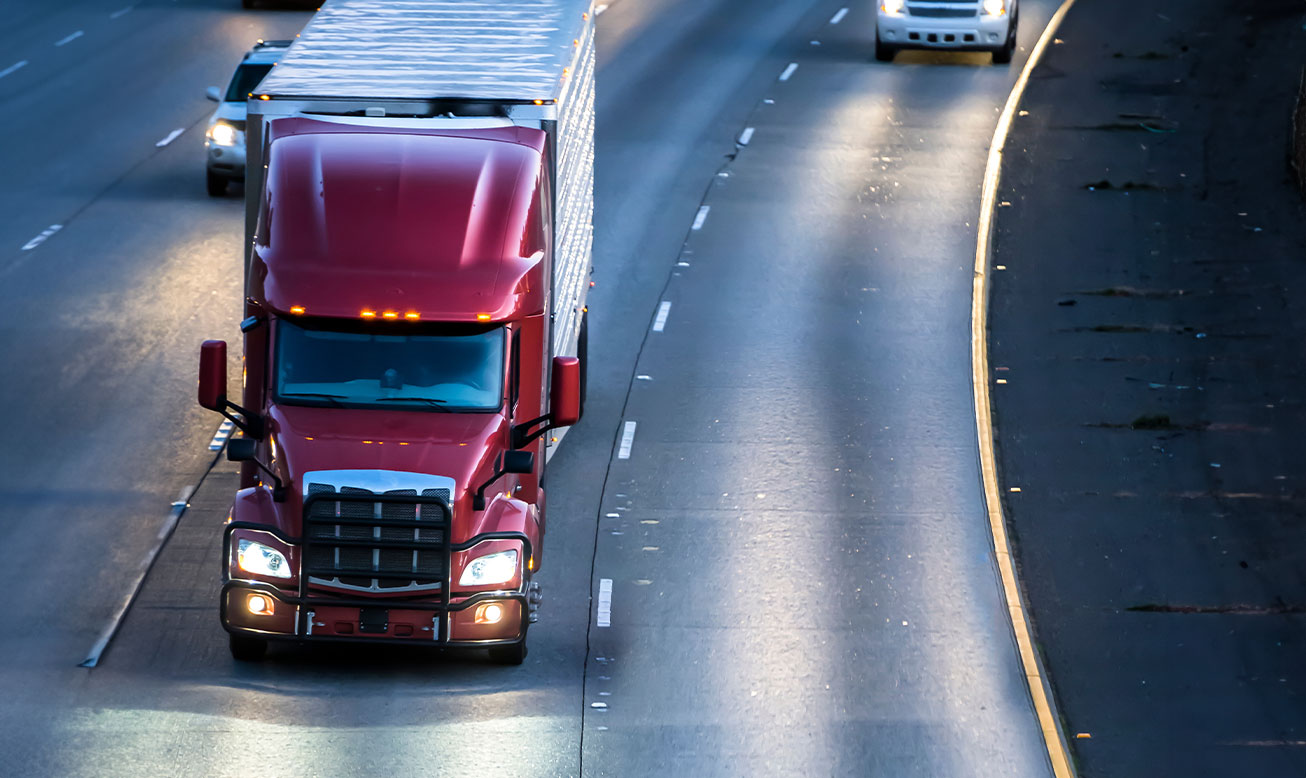December 16, 2024
Here Is How Last-Mile Will Thrive in Smart Cities
As urbanization accelerates and industry demands reshape commerce, logistics faces pressure to evolve. Critical yet notoriously challenging, the last-mile delivery segment is at the forefront of this transformation. In smart cities, where technology and urban planning converge, innovative logistics delivery solutions address inefficiencies, reduce environmental impacts, and redefine urban freight systems. Here is how last-mile delivery is thriving in smart cities and setting the stage for delivering the future.
The Urban Last-Mile Logistics of Today
Last-mile delivery refers to the final stretch of the supply chain, where freight is transported to its final destination. It is a crucial step in logistics and one of the most complex. For example, dense urban environments bring unique hurdles:
Traffic Congestion
Deliveries often contend with gridlock, causing delays and inefficiencies.
Parking Limitations
Limited curb space increases the difficulty of deliveries.
Environmental Concerns
Vehicle emissions from traditional delivery methods contribute to urban air pollution.
These challenges intensify as e-commerce expands. According to market projections, global last-mile delivery revenue is expected to exceed $250 billion by 2030. Smart cities should step in with transformative solutions to manage this growth sustainably.
A Foundation for the Future
Smart cities embrace data, connectivity, and advanced technologies to optimize urban systems, including logistics. For last-mile delivery, these innovations build productivity, sustainability, and adaptability:
IoT and Real-Time Data
The Internet of Things (IoT) enables smart city logistics by connecting devices like sensors, vehicles, and infrastructure. For example, IoT-powered delivery fleets can adapt real-time routes based on traffic conditions, reducing delays and fuel consumption.
AI and Predictive Analytics
Artificial intelligence (AI) is critical in last-mile integration by analyzing consumer behavior and traffic patterns. Predictive models help companies anticipate delivery demand and allocate resources more effectively.
Environmental Concerns
Urban curb space is a valuable resource. Smart cities deploy dynamic curbside management systems to optimize their usage. IoT-enabled curbside sensors monitor parking availability, while AI-powered algorithms assign loading zones dynamically to reduce congestion.
The Role of Non-Asset-Based Carriers in Urban Logistics
Urban last-mile logistics requires expertise, flexibility, and innovation—qualities experienced non-asset-based carriers bring to the table. Unlike traditional carriers that own physical assets, non-asset-based carriers focus on coordination and network optimization, offering unique advantages:
Flexibility – Non-asset-based carriers can adapt quickly to shifts in demand by leveraging their extensive network of transportation partners.
Cost Efficiency – These carriers reduce operational expenses by optimizing route planning and consolidating shipments.
Sustainability – Many integrate eco-friendly practices, such as partnering with eco-friendly providers or using micro-distribution centers.
Smart city logistics and non-asset-based carriers form a powerful synergy, as both prioritize data-driven decision-making and scalable solutions.
Delivering the Future
The future of last-mile logistics relies on cutting-edge innovations designed to overcome urban challenges and meet consumer expectations. Here is how freight smart cities are pioneering these advancements:
Autonomous Delivery Vehicles
Self-driving vehicles are transforming the last mile by ensuring timely deliveries while reducing labor costs.
Drone Deliveries
Drones provide a rapid, eco-friendly alternative for small-package deliveries, especially in congested areas.
Micro-Hubs and Local Distribution
Smart cities are implementing micro-distribution hubs to combat many last-mile challenges. These localized centers enable deliveries using several transportation options.
Collaborative Models
Partnerships between city governments, technology providers, and logistics companies drive the success of smart city logistics. Collaborative models include shared delivery systems, where multiple companies utilize the same resources to optimize cost and reduce congestion.
Standardizing Urban Logistics for Scalability
One key to expanding these innovations lies in standardization. Efforts like the Curb Data Specification (CDS) streamline the integration of smart logistics solutions across different urban environments. This ensures interoperability and facilitates the widespread adoption of technologies, benefiting both cities and logistics providers.

The Heart of Urban Logistics
Smart city initiatives prioritize sustainability, aiming to reduce the environmental footprint of last-mile delivery. Strategies might include:
Green Transportation – Electric vehicles and alternative fuel sources are replacing traditional delivery trucks.
Emission-Free Zones – Some cities are introducing “green zones” where only eco-friendly delivery methods are permitted.
Energy Optimization – Smart grids enable delivery facilities to make efficient use of renewable energy sources.
The Client’s Perspective: Faster, Smarter, Greener
Smart city logistics can benefit all stakeholders by enhancing the consumer experience. Shorter delivery times, transparent tracking, and eco-conscious practices reflect modern consumers who value convenience and sustainability. The integration of AI-driven systems ensures that deliveries are faster and more reliable.
Challenges and the Path Forward
While the potential of urban last-mile logistics is immense, several challenges remain:
Infrastructure Costs – Implementing innovative technologies requires significant investment, which may deter smaller cities.
- Data Security – As logistics systems become more interconnected, ensuring data privacy and cybersecurity is paramount.
- Public-Private Collaboration – Strong stakeholder partnerships are essential to overcome bureaucratic hurdles and align interests.
To address these challenges, cities and logistics providers must commit to innovation, investment, and collaboration. Non-asset-based carriers are fundamental in this transition by offering scalable, adaptable solutions that align with smart city goals.
A Blueprint for Success
The fusion of smart city planning with last-mile logistics revolutionizes how goods move through urban environments. From AI-driven curbside management to drone delivery systems, freight smart cities are pioneering the future of logistics.
At Last Mile Logistics, our expertise and flexibility are your key allies in this transformation. By prioritizing sustainability, leveraging advanced technologies, and promoting collaboration, cities can achieve the ideal balance of efficiency, affordability, and environmental stewardship. In doing so, we are all improving last-mile delivery and building a foundation for delivering the future in smart cities. So please call Arnie today so we can evaluate your transportation needs.


